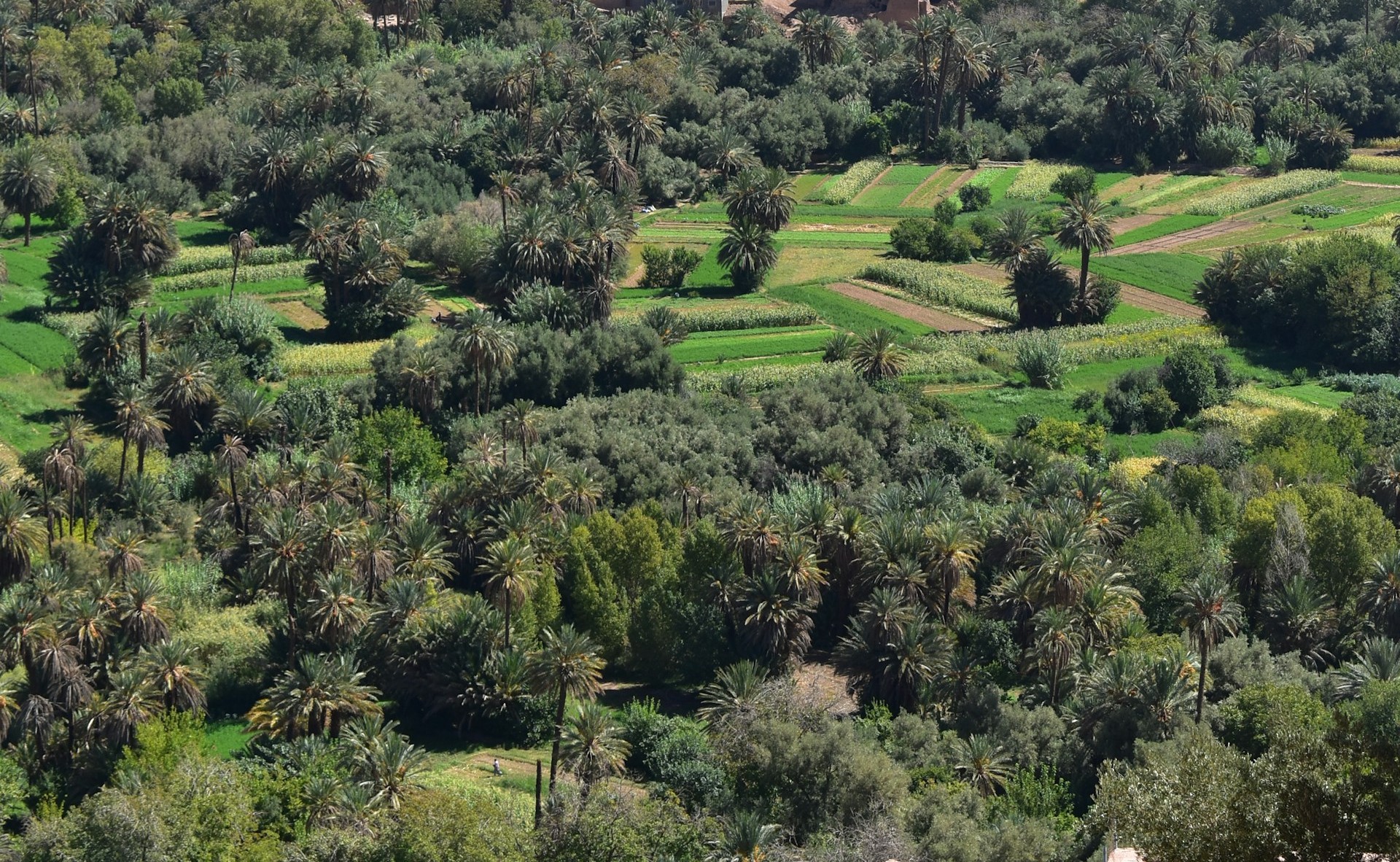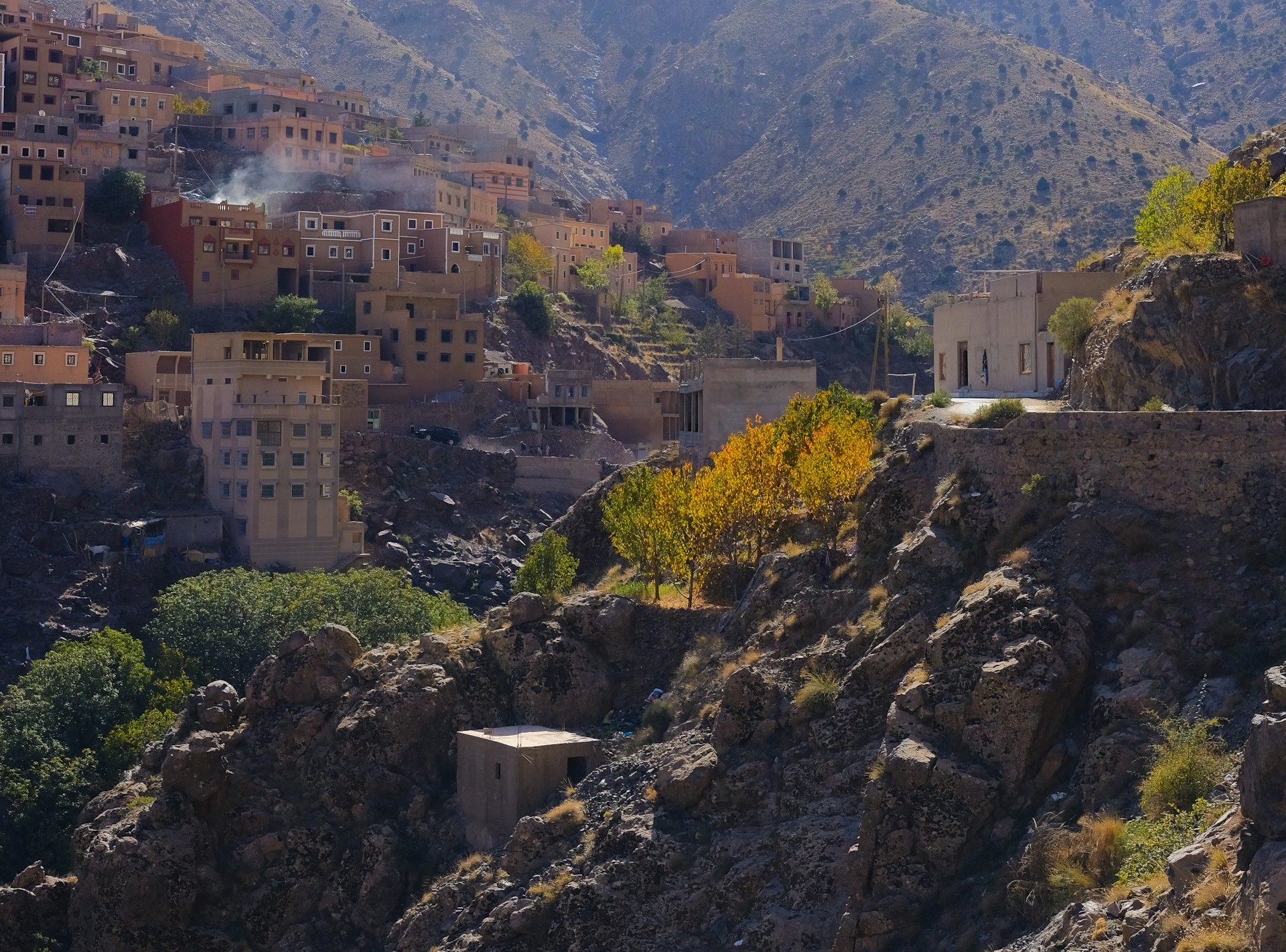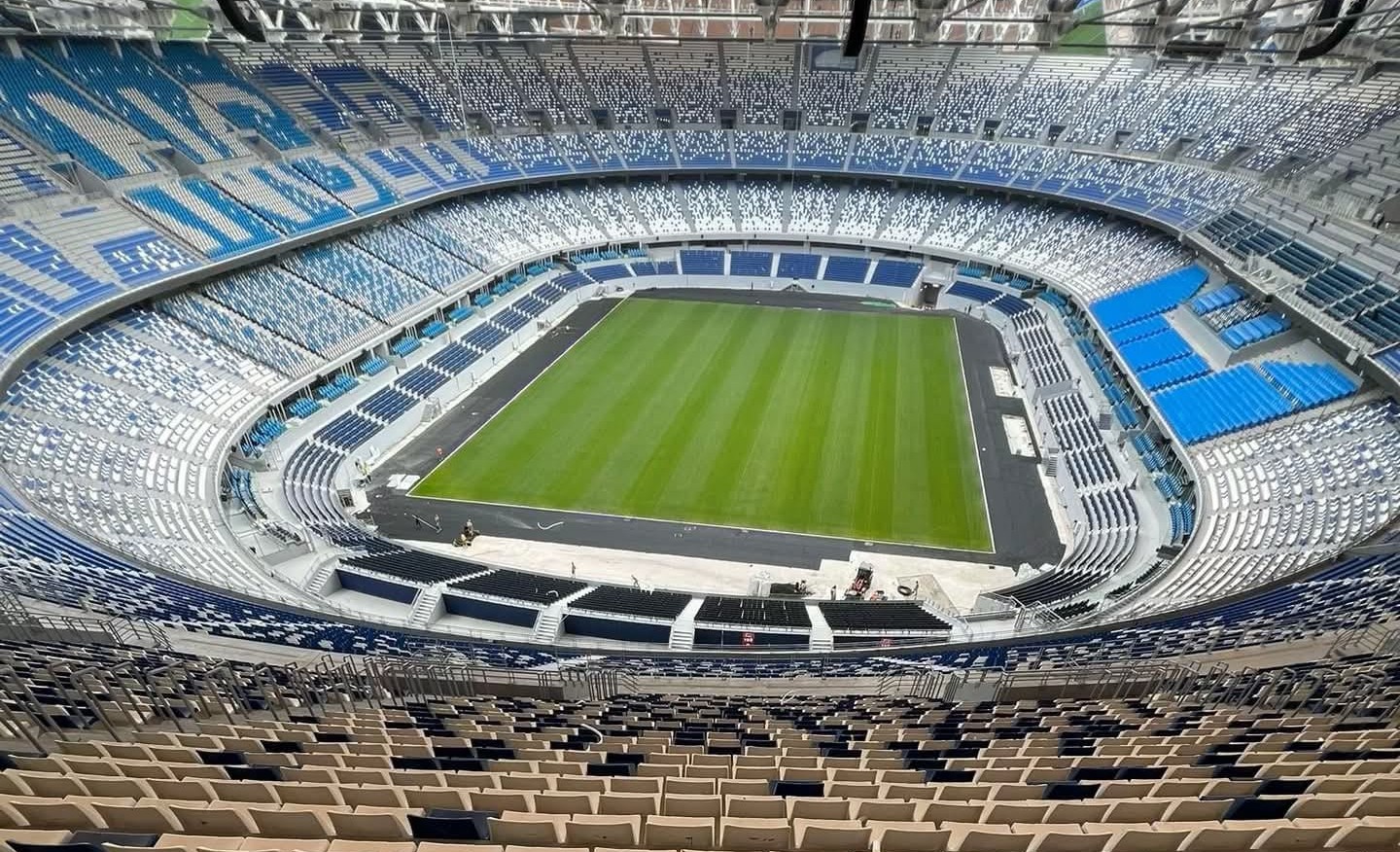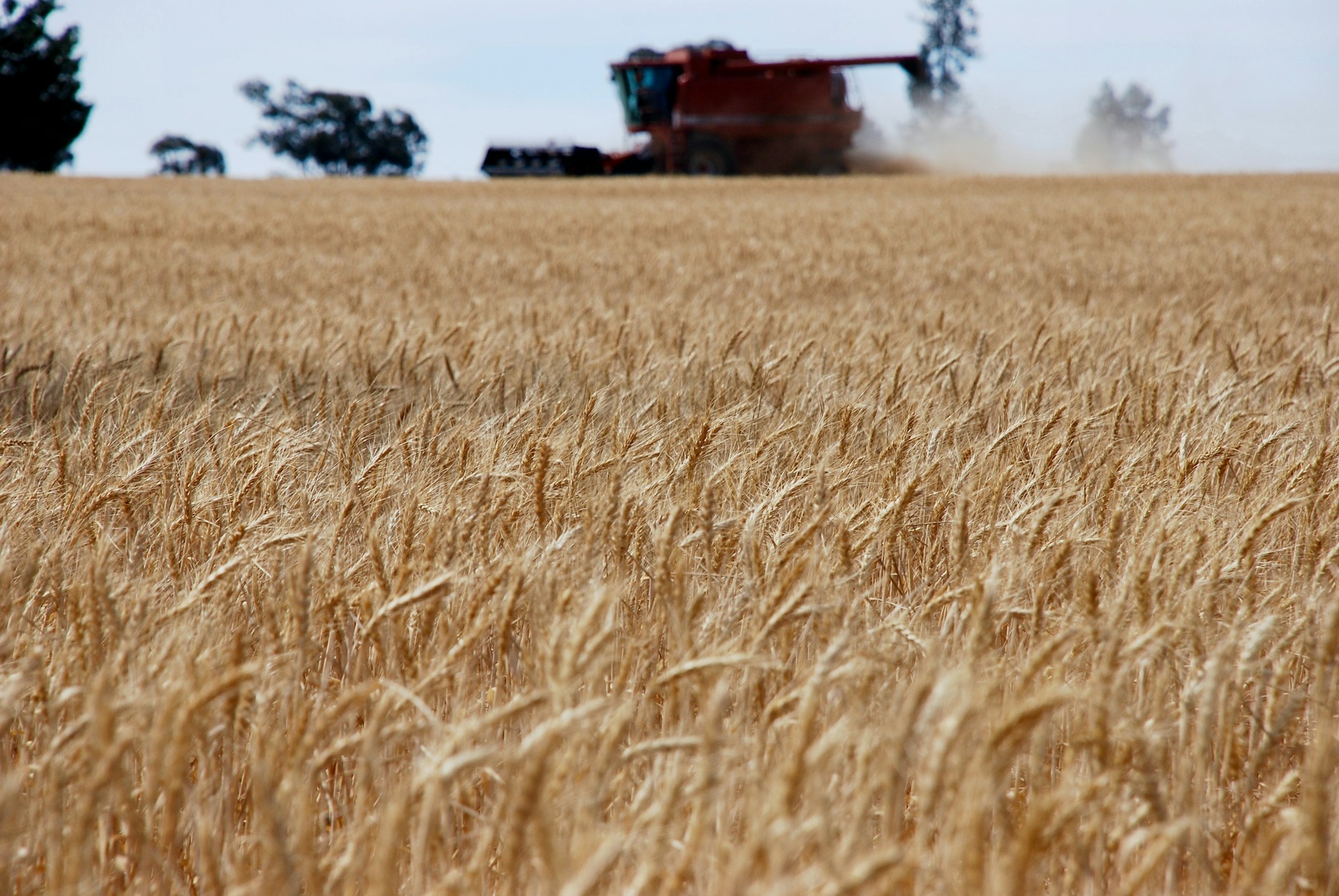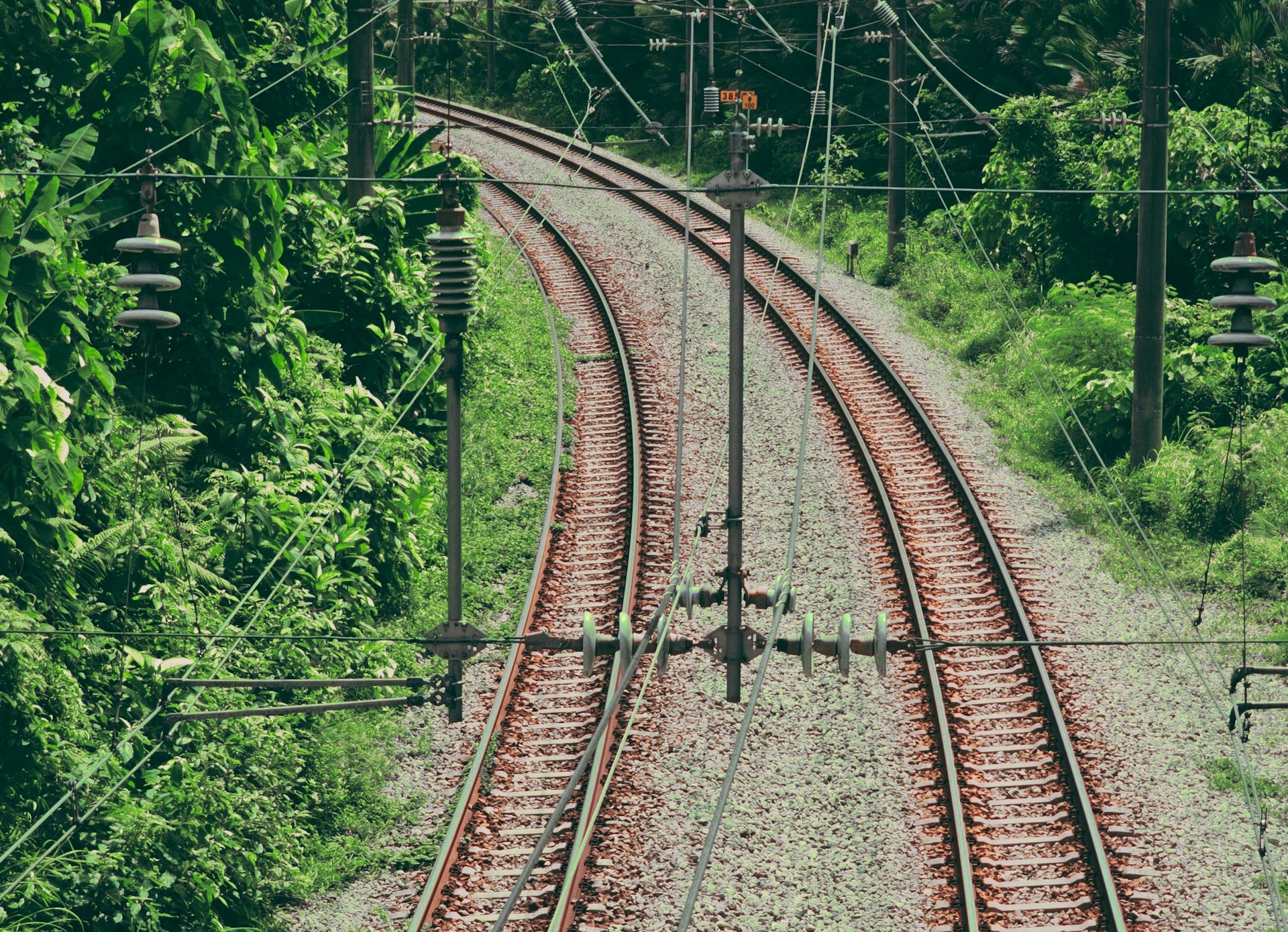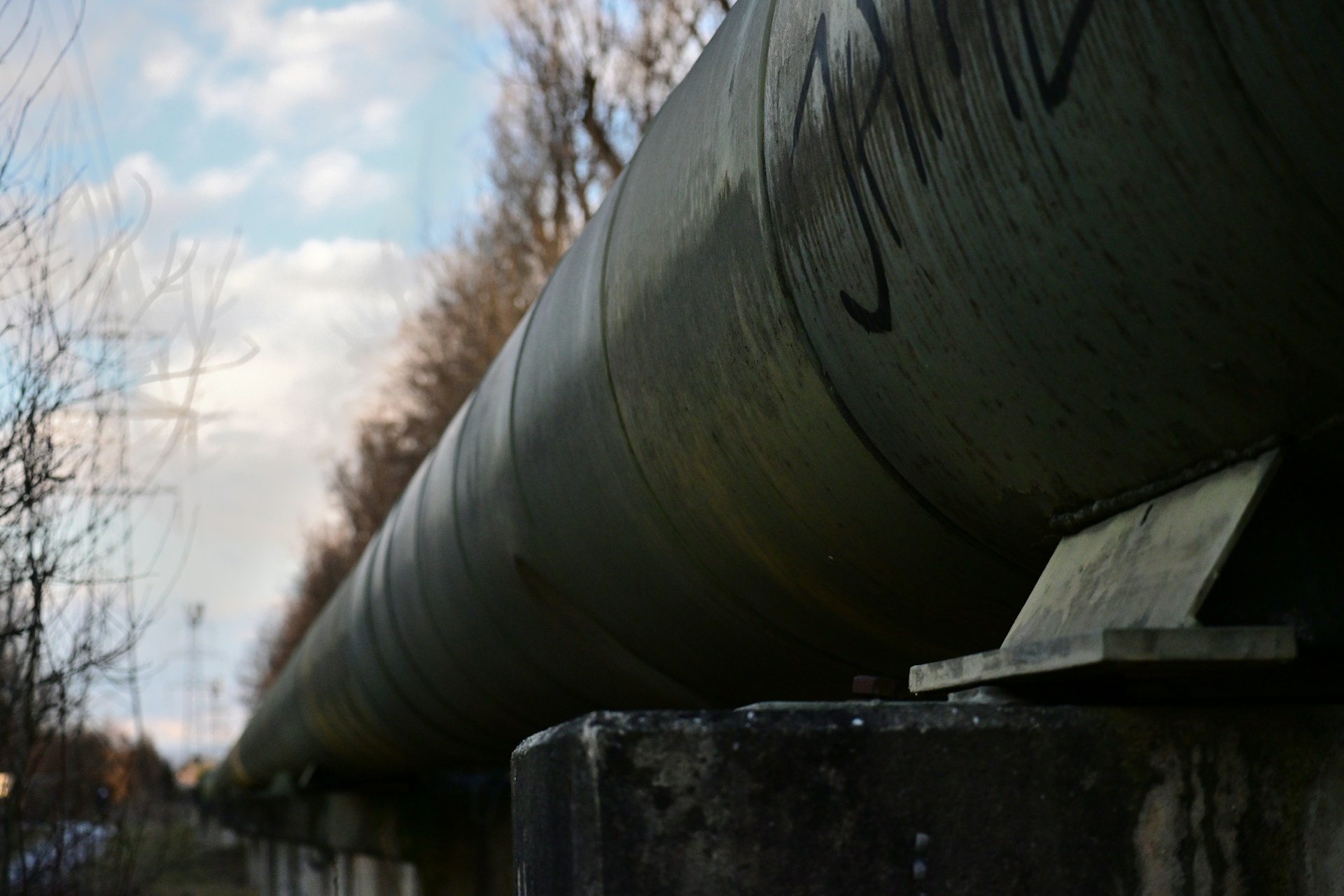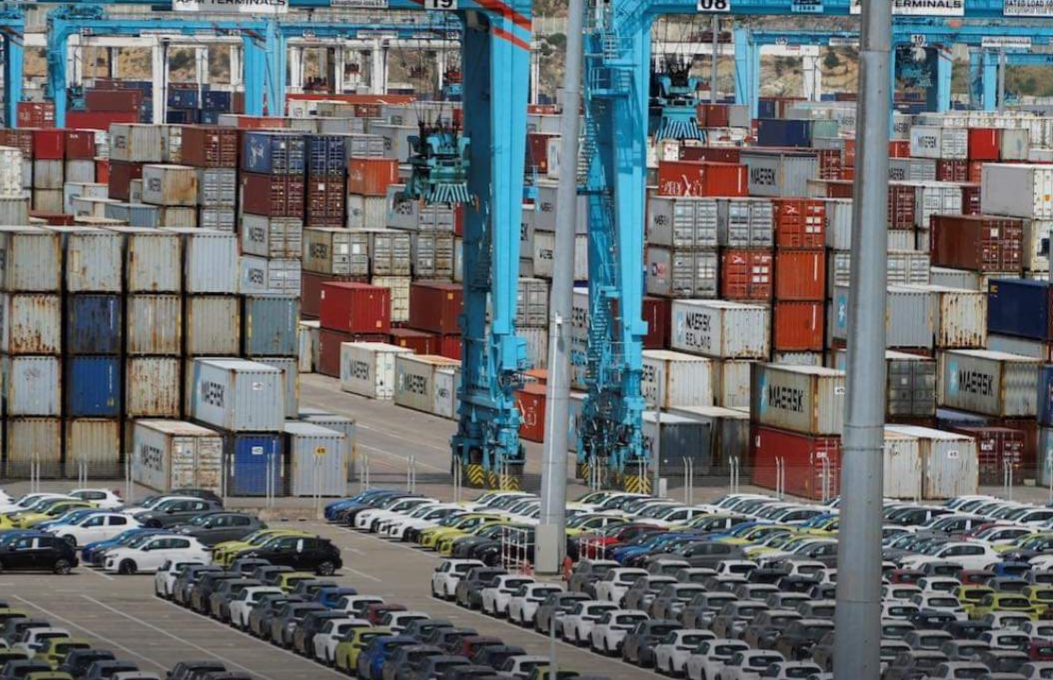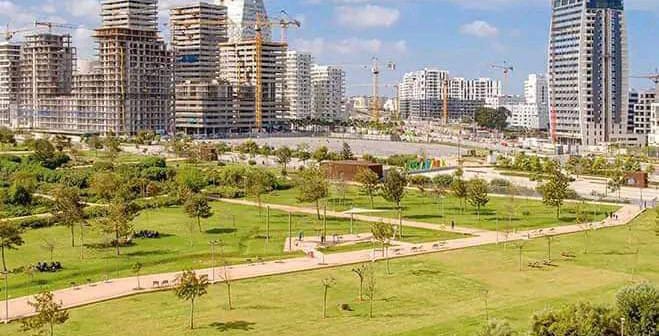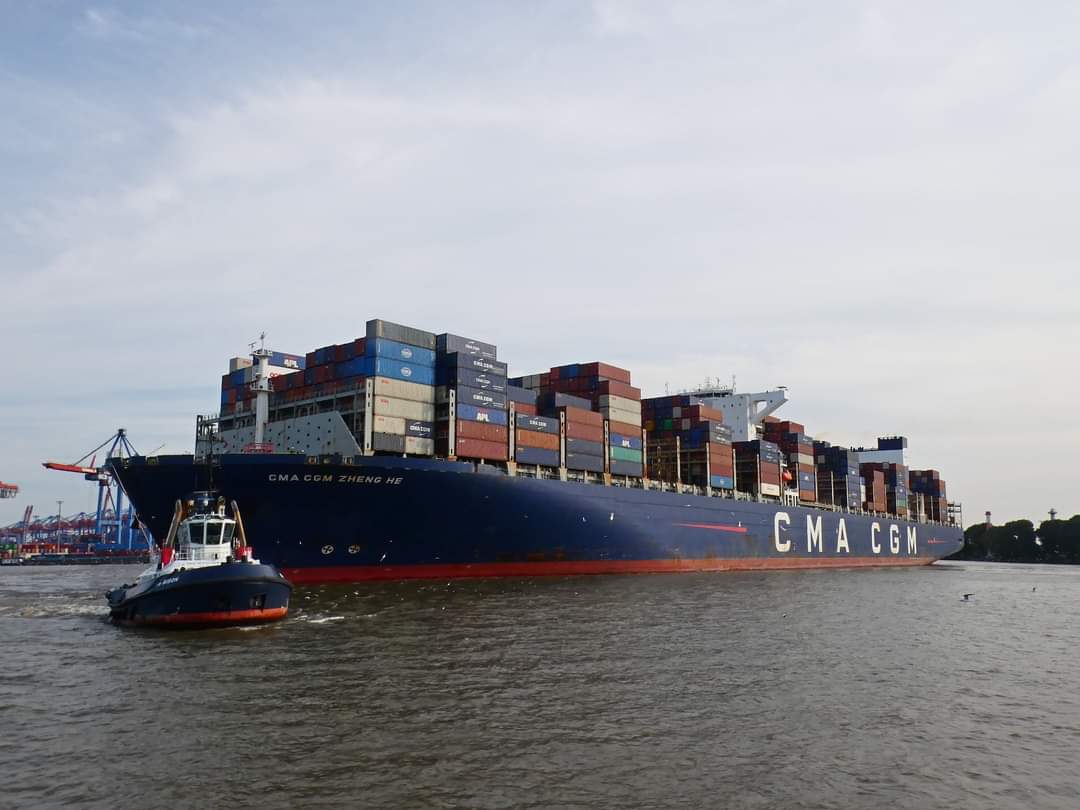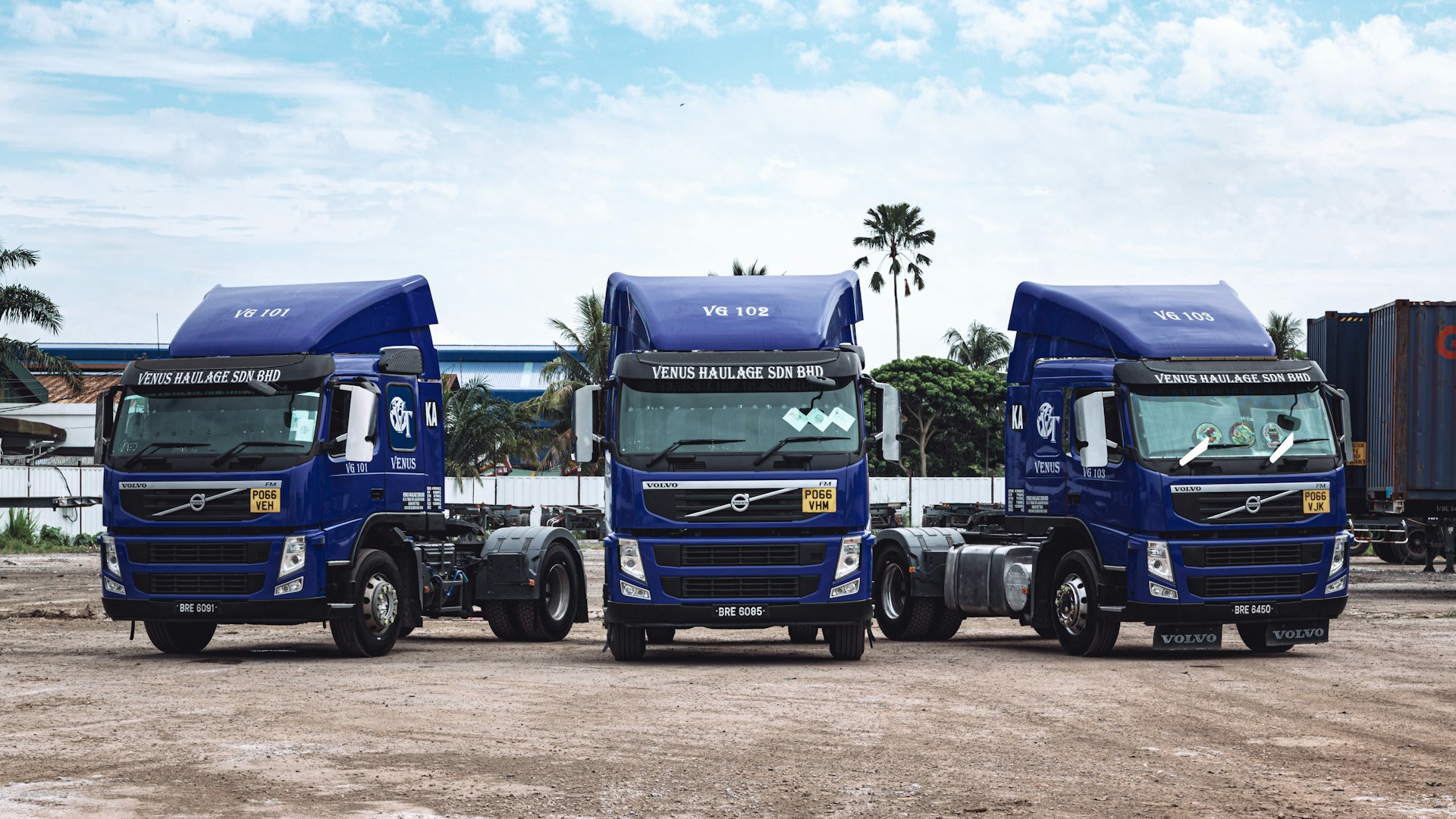Casablanca – Morocco is advancing a significant overhaul and expansion of its railway infrastructure, aimed at improving urban mobility, reducing congestion, and fostering sustainable transportation. Central to this effort is a $350 million financing package recently approved by the World Bank to support the development of the railway network in the Greater Casablanca region, the country’s largest metropolitan area and economic hub.
Strategic investment in urban rail mobility
The approved funding supports the “Greater Casablanca Mobility and Logistics Hub” project, a comprehensive initiative designed to modernize and extend Casablanca’s rail services, linking the city center with its rapidly growing suburban areas. The new infrastructure will connect neighborhoods such as Zenata, Mohammedia, Nouaceur, and Bouskoura, along a 73-kilometer electrified railway line.
This investment aligns with Morocco’s broader urban development strategy, which aims to address rising transportation demands driven by rapid urbanization. Currently, 60% of Morocco’s population resides in urban areas, a figure projected to increase to 70% by 2050. The Casablanca-Settat region, the nation’s primary economic engine, is at the heart of this transformation and faces mounting challenges related to traffic congestion and environmental sustainability.
Focus on electrification and sustainability
At the core of the project is the establishment of a modern electric commuter rail service, designed to offer faster, more reliable, and environmentally friendly transport options. The initiative includes a comprehensive upgrade of existing railway infrastructure, such as advanced signaling systems and improved energy networks, to ensure operational safety and efficiency.
The project also emphasizes climate resilience by incorporating sustainable design principles that enhance the railway’s capacity to withstand climate-related disruptions. This focus underscores Morocco’s commitment to sustainable urban transport solutions that contribute to its broader environmental goals.
Multimodal integration and accessibility
To support seamless mobility, the project entails the construction or renovation of 15 multimodal railway stations distributed along the new and existing routes. These stations will be equipped with modern facilities designed to facilitate easy access for all users, including persons with disabilities, reinforcing the inclusive nature of the initiative.
The multimodal hubs are intended to integrate different forms of transportation—such as buses and taxis—allowing passengers to transition smoothly between various transit modes. This approach aims to improve the overall efficiency of Casablanca’s transport network while encouraging public transit use over private vehicles.
Economic and social benefits
By significantly reducing travel times, the project is expected to enhance residents’ access to employment and essential services. Travel between residential neighborhoods and economic or service zones will be cut to under 45 minutes, a substantial improvement compared to current commute times. The World Bank projects a 7% increase in accessible job opportunities and a 7.3% rise in access to critical services within this timeframe by 2031.
Moreover, the initiative includes strategic improvements to logistics infrastructure in key industrial and commercial zones such as Ain Sebaa and Zenata. These developments are anticipated to boost the economic competitiveness of the Casablanca region by facilitating smoother freight movement and supporting business activities.
Institutional capacity building
Beyond physical infrastructure, the funding will strengthen the institutional capacity of Morocco’s National Railways Office (ONCF), the entity responsible for rail operations and management. The World Bank’s support includes technical and financial assistance aimed at enhancing ONCF’s governance, operational efficiency, and international competitiveness.
According to Ahmadou Moustapha Ndiaye, World Bank regional director for the Maghreb and Malta, this capacity building is vital to sustaining the long-term success of the rail network modernization and ensuring that Morocco can continue to expand its transportation infrastructure effectively.
Broader context of urban transport modernization
Morocco’s investment in Casablanca’s rail system reflects a nationwide commitment to improving public transportation and reducing dependence on private vehicles, which contribute to traffic congestion and pollution. The rail expansion is part of a larger vision to create integrated, sustainable urban mobility systems across major cities.
With rapid urban growth expected to continue, Morocco’s railway modernization efforts seek to address immediate transport challenges while laying the groundwork for future expansion. By enhancing connectivity and supporting economic development, these projects aim to improve the quality of life for millions of Moroccans living in urban centers.
